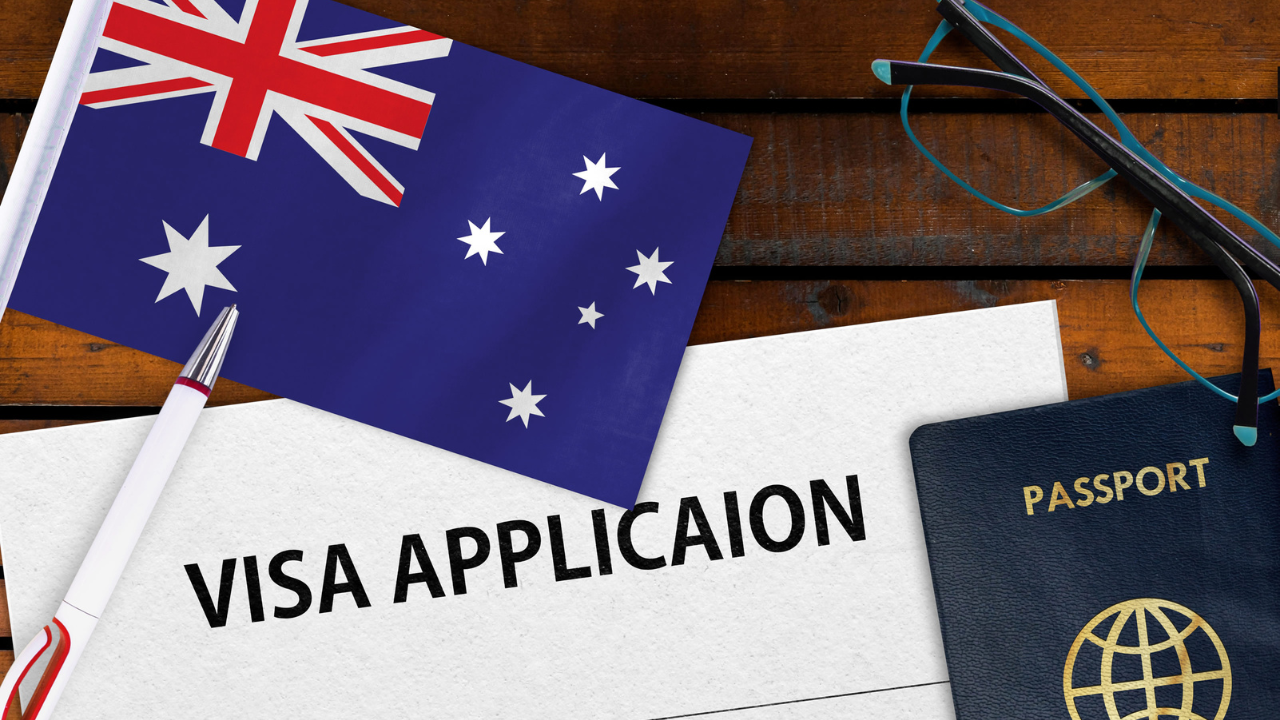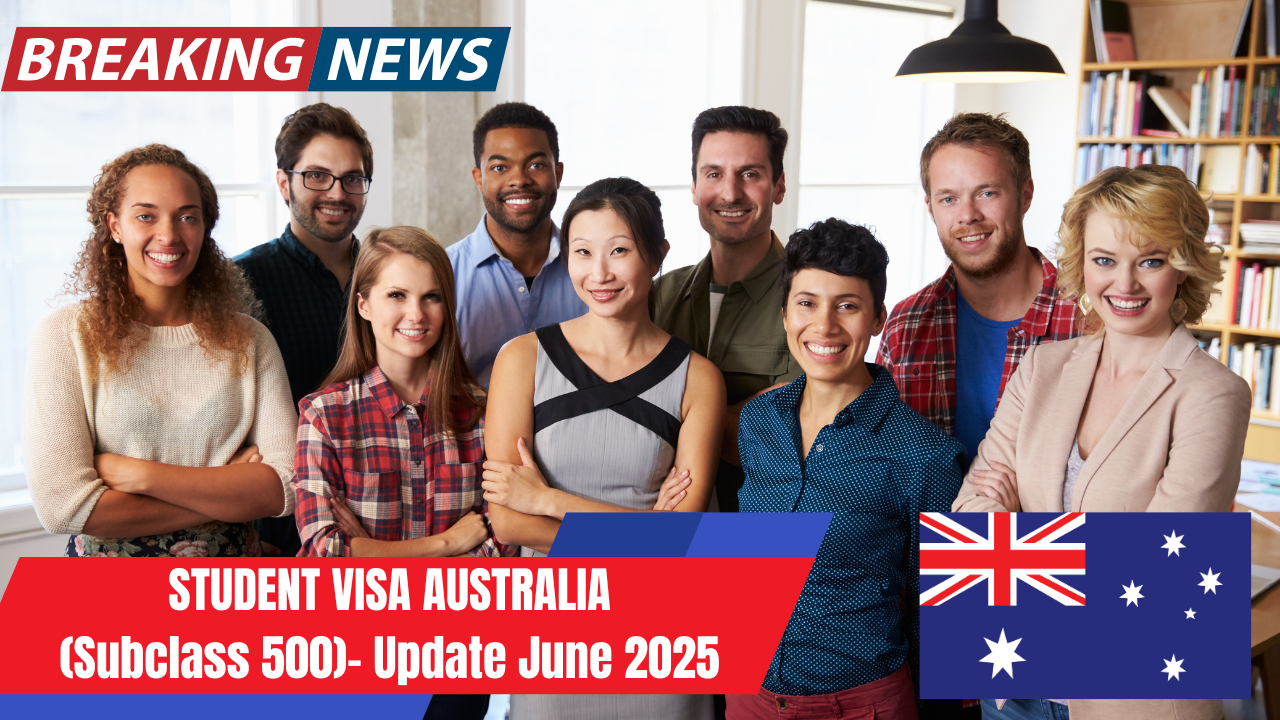Planning to study in Australia? The Student Visa Subclass 500 is your gateway to pursuing education in one of the world’s most popular study destinations. This comprehensive guide breaks down everything you need to know about getting your Australian student visa.
Understanding the ins and outs of this visa can save you time, money, and stress. Let’s dive into the essential details that will help you navigate your student visa journey successfully.
What is the Australian Student Visa Subclass 500?
The Student Visa Subclass 500 is the primary visa for international students wanting to study in Australia. This visa allows you to stay in Australia for the duration of your course, which can be up to five years maximum.
With this visa, you can travel in and out of Australia freely during your study period. You can also include your spouse, children, or partner’s children in your visa application as dependents.
Types of Courses You Can Study
The Subclass 500 visa covers a wide range of educational programs. You can pursue vocational education and training (VET) courses, higher education degrees, or English language intensive courses.
Research-based programs like Master’s by Research or Doctoral degrees are also covered. These programs often come with additional benefits regarding work rights.
Duration and Validity
Your visa duration depends on your course length and type. Most undergraduate programs allow you to stay for the full course duration plus additional time for completion.
The maximum visa period is five years, but shorter courses will receive proportionally shorter visa periods. Your visa starts from the date it’s granted, not when you arrive in Australia.
Eligibility Requirements for Student Visa 500
Before applying, you must meet specific eligibility criteria set by the Australian Department of Home Affairs. The most crucial requirement is having a Confirmation of Enrolment (CoE) from an Australian education provider.
You’ll need to demonstrate genuine temporary entrant (GTE) intentions, proving you plan to study in Australia temporarily. Financial capacity and English language proficiency are also essential requirements.

Essential Documents You’ll Need
Your Confirmation of Enrolment (CoE) is the foundation of your application. You cannot apply for a student visa without this document from your chosen Australian education provider.
Financial evidence showing you can support yourself during your studies is crucial. This includes tuition fees, living expenses, and return travel costs for you and any dependents.
English Language Requirements
Most applicants must prove their English language proficiency through accepted tests. IELTS, TOEFL, PTE Academic, and Cambridge English tests are commonly accepted.
Some students may be exempt from English requirements based on their nationality or previous studies. Check the specific requirements for your situation before applying.
Health and Character Requirements
All student visa applicants must meet health requirements through medical examinations. The extent of medical checks depends on your country of origin and course duration.
Character requirements involve police clearance certificates from countries where you’ve lived for 12 months or more in the past 10 years. These ensure you have no significant criminal history.
Application Process and Costs
The student visa application fee starts from AUD $1,600 per application as of January 2025. Additional costs may apply for health examinations, police certificates, and biometrics.
Processing times vary significantly based on your country of application and individual circumstances. Check current processing times on the Department of Home Affairs website before applying.
Step-by-Step Application Guide
First, enroll in your chosen course and receive your Confirmation of Enrolment. Only then can you proceed with your visa application through the official ImmiAccount system.
Gather all required documents before starting your online application. Incomplete applications often face delays or refusal, so thoroughness is essential.
Onshore vs Offshore Applications
You can apply for a Student Visa from outside Australia (offshore) if you have genuine study intentions. This is the most common application method for first-time students.
Onshore applications are possible for students already in Australia on valid visas. However, holders of certain visas like Visitor or Maritime Crew visas cannot apply onshore.
Work Rights and Limitations
Student visa holders can work a maximum of 48 hours per fortnight during study periods. This work limit helps you support yourself while ensuring studies remain your primary focus.
The 48-hour limit applies during semester periods and scheduled course breaks of four weeks or less. Unlimited work hours are allowed during longer scheduled breaks and holidays.
Special Work Provisions
Students enrolled in Master’s by Research or Doctoral programs have no work hour restrictions once their course begins. This recognizes the intensive nature of research studies.
Your work rights are automatically included in your student visa conditions. You don’t need separate work authorization, but you must comply with the hour limitations.
Workplace Protection
International students in Australia are protected by comprehensive workplace laws and minimum wage standards. Employers cannot discriminate against you based on your visa status.
If you experience workplace issues, various government agencies and support services can help. Understanding your rights protects you from exploitation.
Course Packaging and Progression
You can study multiple courses on a single Student Visa 500 through course packaging. This allows clear progression from one qualification to another, such as from diploma to degree.
Each course in your package needs its own Confirmation of Enrolment. The final course becomes your “principal course” and determines your visa requirements.
Gap Requirements Between Courses
Course gaps must be less than two calendar months in most cases. Longer gaps of three to four months are permitted during standard holiday periods.
Your education provider can help plan appropriate course sequences and timing. Proper planning ensures smooth progression without visa complications.
Popular Study Pathways
Many students choose pathway programs that combine English language courses, diplomas, and degrees. These structured pathways provide clear academic progression.
Foundation programs followed by bachelor’s degrees are particularly popular among international students. These pathways often offer guaranteed progression with appropriate grades.
Visa Conditions and Compliance
Your student visa comes with important conditions you must follow. These include maintaining enrollment, making satisfactory academic progress, and working within allowed limits.
Health insurance is mandatory throughout your stay in Australia. You must maintain Overseas Student Health Cover (OSHC) for your entire visa period.
Monitoring Your Visa Status
The Visa Entitlement Verification Online (VEVO) system allows you to check your visa conditions anytime. This official system provides up-to-date information about your visa status.
Your education provider reports your enrollment status to the Department of Home Affairs. Maintaining active enrollment is crucial for visa compliance.
Consequences of Non-Compliance
Breaching visa conditions can result in visa cancellation and removal from Australia. Common breaches include working excessive hours or failing to maintain enrollment.
If your visa is cancelled, you may face re-entry restrictions to Australia. Taking visa conditions seriously protects your current and future opportunities.
Renewing and Extending Your Student Visa
If you need more time to complete your studies, you can apply for a new Student Visa 500 while in Australia. This allows you to continue your education without leaving the country.
You must apply for a new visa even if your current visa hasn’t expired yet. Early application ensures continuity of your legal status in Australia.
When to Apply for Renewal
Apply for visa renewal as early as possible to avoid any gaps in your legal status. Processing times can vary, so don’t wait until the last minute.
If your course is extended or you’re changing courses, you’ll need a new Confirmation of Enrolment for your application. Your education provider can assist with this process.
Changing Course Levels
Moving to a lower qualification level may require a new visa application with additional justification. The Australian Qualifications Framework (AQF) defines course levels.
Progressing to higher qualifications is generally straightforward with proper course packaging. This demonstrates natural academic progression.
Tips for a Successful Application
Double-check all information before submitting your application. Incorrect information or missing documents are common reasons for visa refusal or delays.
Provide evidence for everything you claim in your application. Supporting documents strengthen your application and demonstrate credibility.
Common Application Mistakes
Insufficient financial evidence is a frequent issue. Ensure you can demonstrate adequate funds for tuition, living expenses, and travel costs.
Generic personal statements that don’t specifically address your study plans often weaken applications. Personalize your statement to your chosen course and career goals.
Getting Professional Help
Registered Migration Agents can provide professional assistance with complex applications. They understand current requirements and can help avoid common pitfalls.
Education agents can also provide valuable guidance on course selection and visa requirements. Choose agents registered with appropriate professional bodies.
Frequently Asked Questions
Can I work full-time during holidays on a Student Visa 500?
Yes, you can work unlimited hours during scheduled course breaks longer than four weeks.
Do I need health insurance for my Student Visa?
Yes, Overseas Student Health Cover (OSHC) is mandatory for all student visa holders.
Can my family join me on my Student Visa?
Yes, you can include your spouse and dependent children in your visa application.
What happens if I fail my course?
You must maintain satisfactory academic progress. Consistent failure may affect your visa status.
Can I travel outside Australia on my Student Visa?
Yes, the Student Visa 500 allows multiple entries to Australia during its validity period.
How long before my course can I arrive in Australia?
You can generally arrive up to 90 days before your course start date.
Can I apply for permanent residence from a Student Visa?
Yes, but you must meet specific requirements. Graduate visas often provide a pathway to permanent residence.
What if my visa application is refused?
You may have review rights or can reapply with additional evidence addressing refusal reasons.
Do I need to notify authorities if I change address?
Yes, you must update your address details within 14 days of moving.
Can I study part-time on a Student Visa 500?
Generally, you must study full-time unless you have specific circumstances allowing part-time study.

1 thought on “Australian Student Visa Subclass 500 Complete Guide and Key Requirements June 2025”